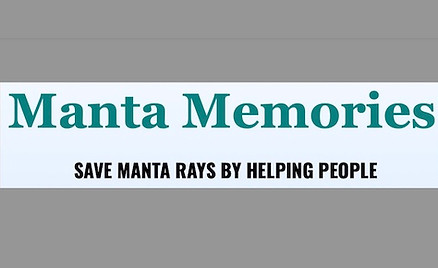MANTA RESEARCH
The Manta Pacific Research Foundation Team is dedicated to understanding manta rays and their environment.

Manta Rays have their own unique ventral spot pattern that allows them to be identified. Some manta rays have been seen off of the Kona coast for decades!

Manta rays are intelligent animals that exhibit interesting social behaviors. Some researchers even believe mantas are able to recognize one another! We still have a lot to learn about manta rays, but ongoing research have given us some new clues about their cognition and behavior.

Studies indicate that rapid coloration changes occur within minutes on the head and dorsal side of the manta rays during feeding and times of intense social interaction. The exact role and mechanism of these changes are still unknown, but it is very likely that it might serve as a form of communication between the animals.

Studies of manta brains show that these animals are highly intelligent, having the largest brain of all fish. The structure of their brains most closely resemble hammerhead sharks and suggest an ability to exhibit complex social behaviors. We are still learning about how these animals utilize their large brains!


Manta Memories
Some people around the world rely on the illegal trade of manta rays for financial support. Manta Memories is an organization seeking to "Save Manta Rays by Helping People" by distributing handcrafted arts created by villagers typically supported through the illegal trade of manta rays for food and medicine in the hopes of reducing human reliance on this species.
Ongoing Research
The Manta Pacific Research Foundation has ongoing research project aimed at better understanding the resident population of manta rays off of the Kona coast. Our current projects are centered about population genetics and resident relatedness.
LEARN MORE
